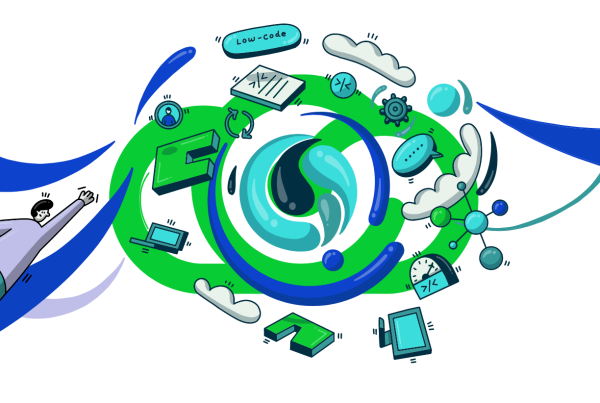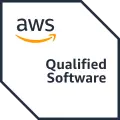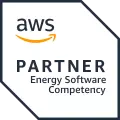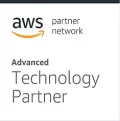Is Your Energy Software Holding You Back? 3 Major Signs It’s Time to Change.

From Problem to Platform: How Energy Leaders Choose Software That Actually Delivers
The first in a four-part guide for energy leaders navigating the full buyer journey.
When an energy company starts thinking about change, it’s rarely because of one failure. More often, it’s the steady accumulation of small inefficiencies that finally reach a tipping point. A hydrocarbon allocation model that collapses every time an asset changes. Integration headaches that require hours of manual fixes. Reporting cycles that feel like an endurance sport.
These are symptoms, not the real problem. The truth? You’ve outgrown your technology. Or worse, your technology is stopping you from growing.
The Signs Your System Is Holding You Back.
- Everything feels like a workaround. Updating an allocation rule means logging IT tickets or waiting on your vendor’s schedule.
- You can’t get data when you need it. Business decisions stall because operational data lives in silos or outdated formats.
- Changes are slow and expensive. A new contract, reporting requirement, or regulatory change triggers weeks (or months) of development work.
Individually, these issues might seem manageable. Together, they create a drag on your entire operation, eroding agility, compliance, and trust in your data.
The Cost of “Good Enough”.
- Assets were stable for decades.
- Reporting needs barely changed.
- Agility wasn’t considered a competitive advantage.
That world doesn’t exist anymore.
Today, assets come online or offline with little notice. Production deferments skew volumes and allocations mid-month. Regulators demand faster, more transparent reporting. And your competitors are looking for every edge they can find.
If your systems can’t adapt quickly and without disruption, “good enough” will soon mean “left behind.”
Enter Cloud-Native Thinking.
Cloud-native platforms, like EnergySys, shift the focus from patching problems to removing them entirely. Instead of asking, “How do we fix this?”, you can ask, “What if this problem never happened in the first place?”
- Modular architecture: Each component evolves independently, so updates don’t break everything else.
- API-first design: Integration is built in, not bolted on. Connect seamlessly to Pi, Flowcal, PowerBI, SAP, and more.
- Configurable by users: Make allocation rule changes or adapt workflows without writing code.
- Elastic scalability: Grow from a handful of wells to thousands without a costly rebuild.
Real Talk from the Field.
One North Sea operator came to us with an onboarding process that took years for new assets. It required custom code, manual data loads, and a lot of patience. After moving to EnergySys, that same process takes weeks. No development, no drama.
The Hardest Part Is Naming the Problem.
It’s easy to adapt to pain, until you realise that the pain isn’t inevitable. The first step to transforming your operations is recognising when your tech is holding you back, strategically as well as technically.
Move to the Solution Exploration stage: learn how to cut through the buzzwords and spot the difference between “cloud-hosted” and truly cloud-native.








